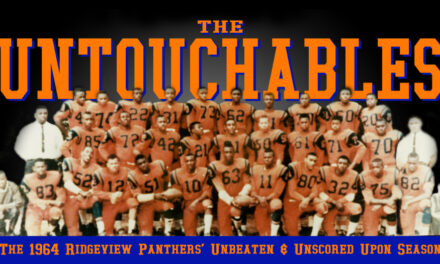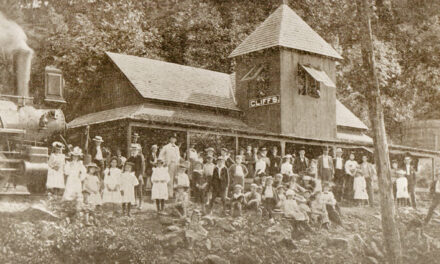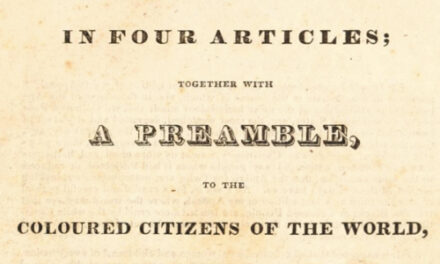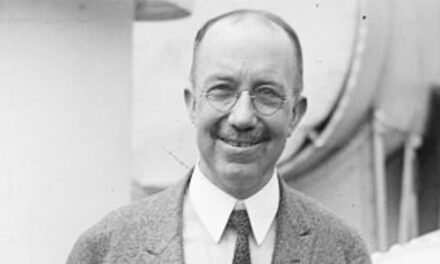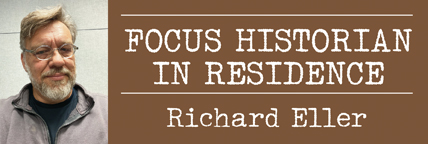
Every year, Hickory’s Soap Box Derby expanded as the number of participants and spectators grew. Two years after moving the track to a hill near the downtown area (Bass-Smith hill), program organizer John Vaughn and his legion of volunteers in the Hickory Jaycees moved the event to Tate Boulevard, giving racers the space they needed to coast to a stop instead of hitting hay bales to slow them down, as was often necessary on Second Street, NW.
As the sixties were turning into the seventies, times were changing. Andy Killian raced to second place finishes in both 1971 and 72. He noticed how “the Soap Box Derby progressed a lot from ’69 to ’72.” He piloted the first fiberglass car in the Hickory race. His vehicle, one of those assisted by the engineering help of Bill Cockerham, was a “lay back” model, meaning that instead of sitting up to drive, Andy drove while laying on his back in the racer, creating a different distribution of weight that may have been faster than the sit-up versions. Cars like Andy’s were also sleeker.
Other changes were in the works, too. The national All-American Soap Box Derby sought to include girls as participants. John Vaughn was asked to recruit girls for the race. Beth Lindsay and Patricia Weidner were both listed as racers for the 1972 competition. With 70 contestants that year, the race seemed as popular as ever.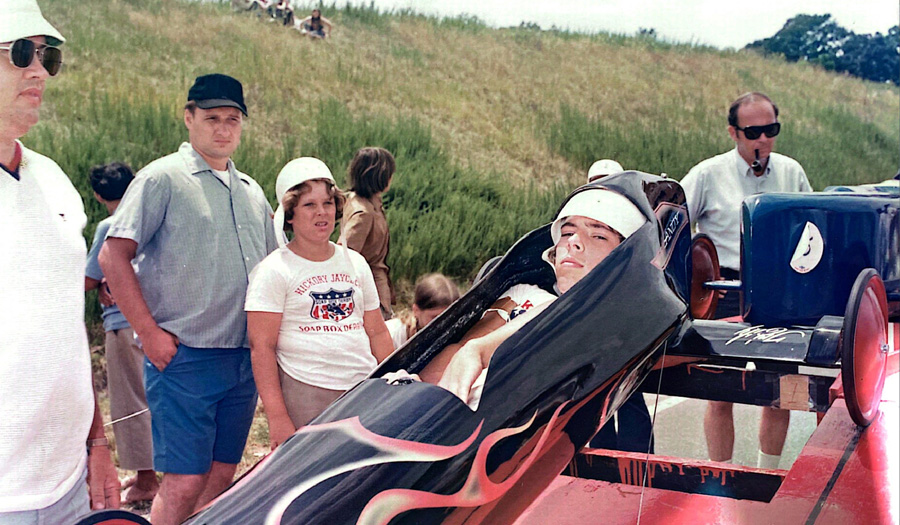
Nationally though, a scandal rocked the derby world in a way from which it never recovered. During the championships in Akron, a racer was discovered to have cheated. His car was equipped with a magnet in the nose, which pulled the car off the starting ramp faster and gave it an advantage as it headed toward the finish line. To avoid detection, behind the helmet of the driver, a switch was installed that would turn the magnet off and on, as a way to throw off suspicion. When discovered, derby officials determined that the racer’s uncle was to blame. In fact, the same scheme worked successfully the year earlier when the man’s son used the magnet to take the national title. Uncovering the fraud dealt a heavy blow to the program.
Before the scandal broke, Chevrolet pulled out as a national sponsor. They likely suspected what was going on and decided to withdraw before word got out. Once they left, so did the momentum. After the 1972 race, John Vaughn searched for ways to keep the races going. He lobbied for a state championship to be held in Charlotte but the proposal did not fly. Another local Soap Box Derby competition was never held.
The loss of the event was regrettable, yet while it lasted in Hickory, the race remained popular. Among those volunteers at the races was Catawba County’s own stock car racing star Ned Jarrett, who can be seen at the officiating table in the Bolch film of the 1969 race. Also, Hickory’s race had the distinction of being the largest race, per capita (based on attendance vs. population) in the nation, a distinction it held for as long as national organizers kept track.
The Soap Box Derby may have only lasted for six years in Hickory, but its legacy reverberates through the entire region. Gene Riley switched to motorcycles and ran successfully for years. Mike Sides took the knowledge he gained into his science classroom when he helped students craft a car for Lenoir’s Gravity Games. Andy Killian and the 1971 winner, Keith Throneburg raced at Hickory Motor Speedway for years.
Some competitors still have the cars they drove in those races. Others have rekindled the friendships they made at the derbies in which they participated. As Tim Whitener said, “it gets in your blood.” Over 50 years after the last Soap Box checkered flag declared a winner, a renewed interest in those races has emerged as the racers, a bit older now, are coming back together to commemorate those times. They are inviting us to a get-together to demonstrate a few tricks of the trade, and describe what going “down the hill” was like. Oops, I’ve run out of space. Details next week, but a hint. Clear your calendar for March 9.
Photo: Andy Killian, ready for a run, lays back in his Soap Box racer.



